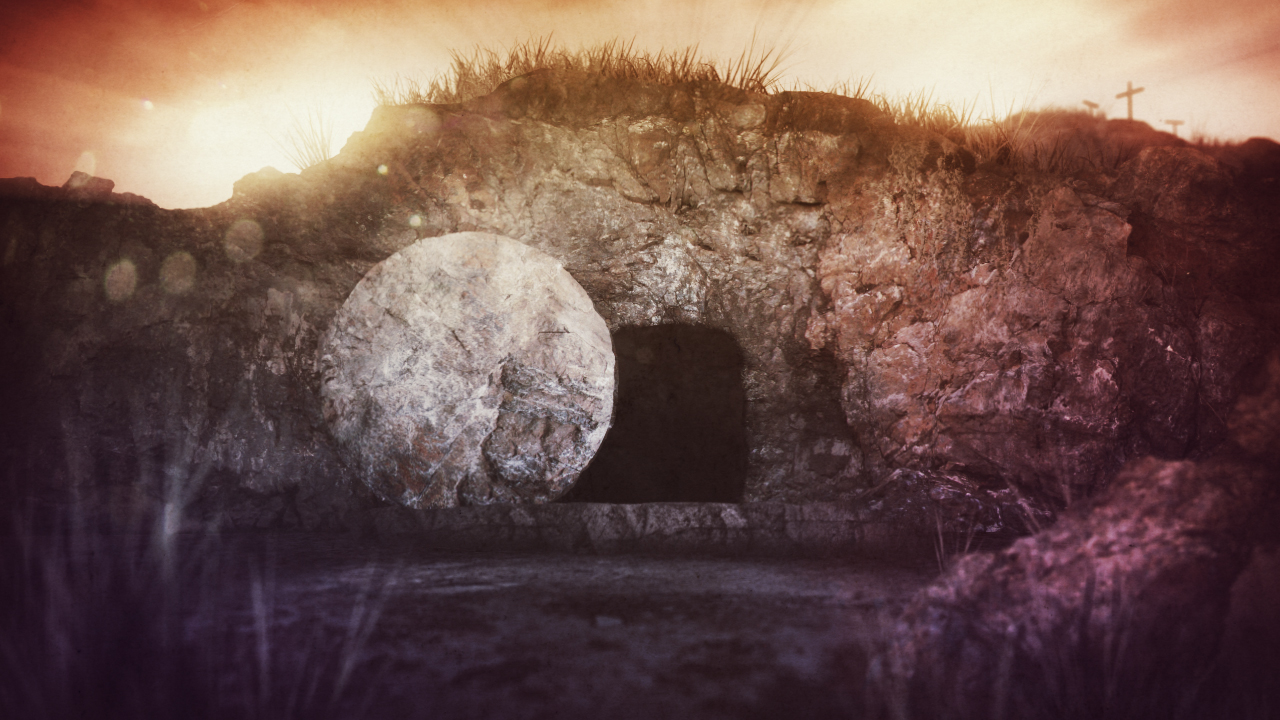
In 2002 Aaron Ralston was
on a hiking trip alone in Utah’s Blue John Canyon when a boulder fell and
pinned his right forearm. Ralston shoved the rock with his shoulder and tried
to chisel it away with his knife; he even attempted to hoist the boulder with
his climbing rope and pulley. The boulder didn’t budge. After five days, without
food and water and having drifted back and forth between depression, despair
and unconsciousness, he made a decision—the thought of which makes us cringe.
He resolved to sever his right hand.
Ralston said, “It occurred
to me that if I could break my bones up at the wrist, where they were trapped,
I could be freed. I was able to first snap the radius and then within another
few minutes snap the ulna.” Next with a cheap multiuse tool, the kind that
comes with fifteen-dollar flashlight, he began sawing into his own skin. The
blade was so dull, he recalled, “It wouldn’t even cut my arm hairs,” but he
persisted in the amputation. Ralston told reporters that the crude surgery,
“took about an hour.”

After Ralston finally
freed himself, he then faced an even greater challenge—finding help. With a
bleeding stump of an arm he only had a short amount of time to get medical
attention. He crawled through a 150-foot ravine, repelled down a 60-foot cliff and
then hiked another six miles. Finally, he ran into some Dutch tourists who were
able to call for a helicopter medic. Downplaying his rescue Ralston explained
the escape as a “matter of pragmatics.”[1]
Ralston’s visceral and amazing “back-from-the-dead” survivor story was made
into an Oscar-nominated movie, 127 Hours.
I mention Ralston’s
experience because I think it closely parallels one of the theories often used
today by skeptics to explain away the resurrection of Christ. Those seeking to
write-off the resurrection in naturalistic terms argue that Jesus, much like
Aaron Ralston, survived an extremely traumatic experience that brought Him to
the very edge of death. Trapped by a boulder, Ralston fought for his life for
127 hours, and likewise Jesus did the same thing for 3 days and nights sealed in
a stone tomb, or so the critic reasons.
I am talking about the “Swoon
Theory” which states that Jesus did not actually die on the cross, but He
merely swooned from the shock and trauma of the beating and crucifixion. After
six hours on a cross, the lifeless Jesus was presumed dead and buried by His
followers. But, soon after Christ was resuscitated in the cool tomb and
released Himself from the burial cloths and rolled away the stone. Afterward,
Jesus explained to the disciples that He had risen from the dead and they
believed him.
It doesn’t take long for a
reasonable person to realize that the swoon theory has some major flaws.
First, we know that Jesus
actually died because the Romans confirmed it when a soldier thrust a spear in
the side of Christ and a mixture of blood and water issued forth. John 19:33-34
records:
33 But when they came to Jesus and saw that he was
already dead, they did not break his legs. 34 But one of the
soldiers pierced his side with a spear, and
at once there came out blood and water.”
Not only did those in the
first century know that Jesus was dead; modern medical doctors believe it as
well. Writing in the March 21, 1986 edition of the Journal of the American Medical Association, the doctors, including
a pathologist from the Mayo Clinic, concluded:
“Clearly the weight of historical and medical evidence
indicates that Jesus was dead before the wound to his side was inflicted and
supports the traditional view that the spear, thrust between his right rib,
probably perforated not only the right lung, but also the pericardium and
thereby endured his death. Accordingly, interpretations that Jesus did not die
on the cross appear to be at odds with modern medical knowledge.”[2]
Another major flaw in the swoon
theory is that Jesus was embalmed with seventy-five pounds of bandages and
spices. John 19:39-40 reads: 39 Nicodemus also, who earlier had come
to Jesus by night, came bringing a mixture of myrrh and aloes, about
seventy-five pounds in weight. 40 So they took the body of Jesus and
bound it in linen cloths with the spices, as is the burial custom of the Jews.” It is highly unlikely that Nicodemus and
company would have embalmed a living Jesus. If Jesus were alive, don’t you
think they would notice Him breathing?
Finally, there is the
issue of the post-resurrection appearances. How would a crucifixion victim find
his way out of cold, dark tomb? Norman Geisler writes about the absurdity of
this notion:
“Even if Jesus did survive the cold, damp dark tomb, how
could he unwrap himself, move a two-ton rock, get by the elite Roman guards,
and then convince the scared, scattered and skeptical cowards that he had
triumphed over death? Even if he could get out of the tomb, Jesus would have
been a battered, bleeding pulp of a man, whom the disciples would pity, not
worship. They’d say, “You may be alive, but you’re not certainly risen. Let’s
get you to a doctor!”[3]
I have always enjoyed the
story that classic Bible teacher J. Vernon McGee told concerning the absurdity
of the swoon theory. During the days when Dr. McGee was still broadcasting his Thru the Bible program a woman wrote him,
“Our preacher said that on Easter Jesus just swooned on the cross, and the
disciples nursed him back to health. What do you think?”
McGee replied, “Dear
Sister, beat your preacher with a leather whip for thirty-nine heavy strokes.
Nail him to a cross. Hang him in the sun for six hours. Run a spear through his
heart. Embalm him. Put him in an airless tomb for three days. Then see what
happens.”
Over a period of forty
days, Jesus appeared on twelve occasions to 515 eyewitnesses (1 Cor. 15:3-8).
One of those appearances involved Saul of Tarsus on the road to Damascus (Acts
9:1-9). Saul, who became the apostle Paul, was a first-century terrorist and he
claimed that his conversion to Christianity was the result of experiencing a
glorious appearance of the risen Jesus:
6 As I was on my way and drew near to Damascus, about
noon a great light from heaven suddenly
shone around me. 7 And I fell to the ground and
heard a voice saying to me, ‘Saul, Saul, why are you persecuting me?’ 8 And
I answered, ‘Who are you, Lord?’ And he said to me, ‘I am Jesus of
Nazareth, whom you are persecuting.’ 9 Now those
who were with me saw the light but did not understand the voice of
the one who was speaking to me. 10 And I said, ‘What
shall I do, Lord?’ And the Lord said to me, ‘Rise, and go into Damascus,
and there you will be told all that is appointed for you to do.’ 11 And since I could not see because of the
brightness of that light, I was led by the hand by those who were with me,
and came into Damascus. (Acts 22:6-11)
The swoon theory cannot
account for Paul’s dramatic conversion and reversal of worldviews. A swooned
Jesus, even if healed, would not appear gloriously. Taking all this into
account it’s clear that the swoon theory is “dead” with no hopes of
resurrection, but Jesus is alive! -DM
[1]
Max Lucado, Come Thirsty (Nashville,
TN: Thomas Nelson, 2004), 39-40.
[2]
William D. Edwards, Wesley J. Gabel, and Floyd E. Hosmer, “On the Physical
Death of Jesus Christ,” Journal of the
American Medical Association 225, no.11 (March 21, 1986):1463.
[3]
Norman Geisler and Frank Turek, I Don’t
Have Enough Faith to Be an Atheist (Wheaton, IL: Crossway, 2004), 305.
No comments:
Post a Comment